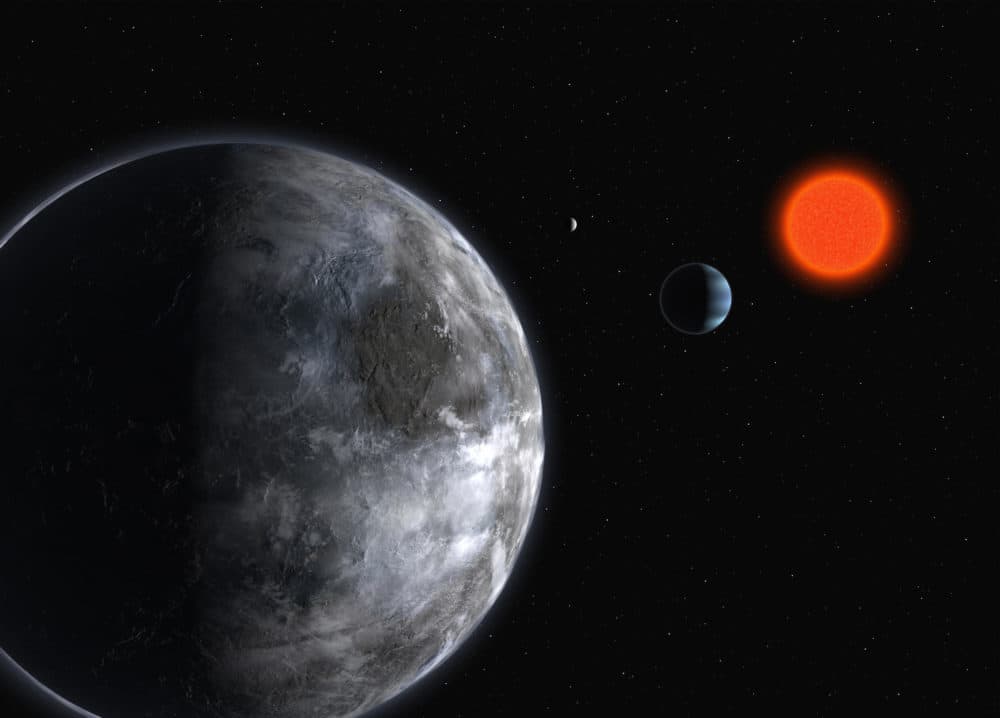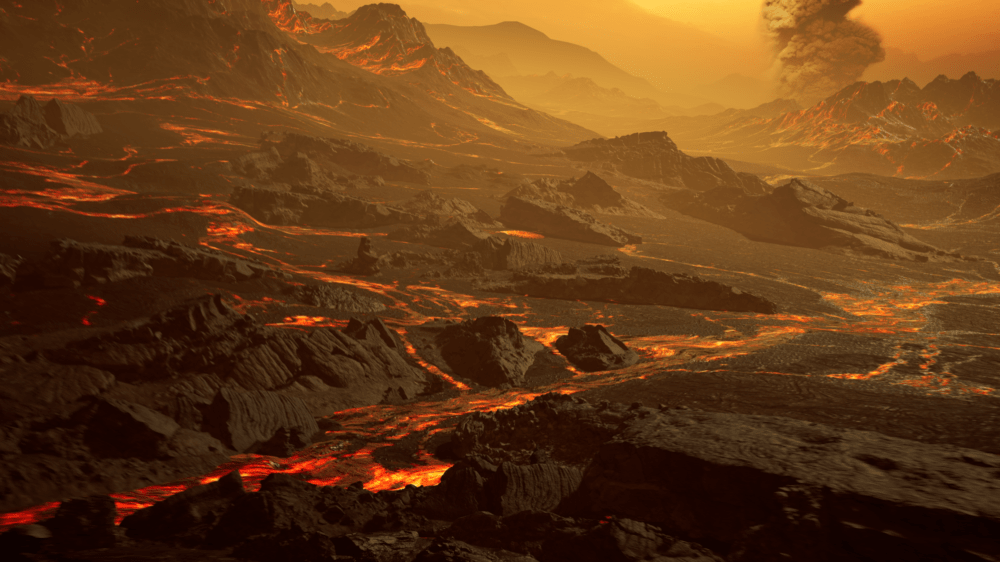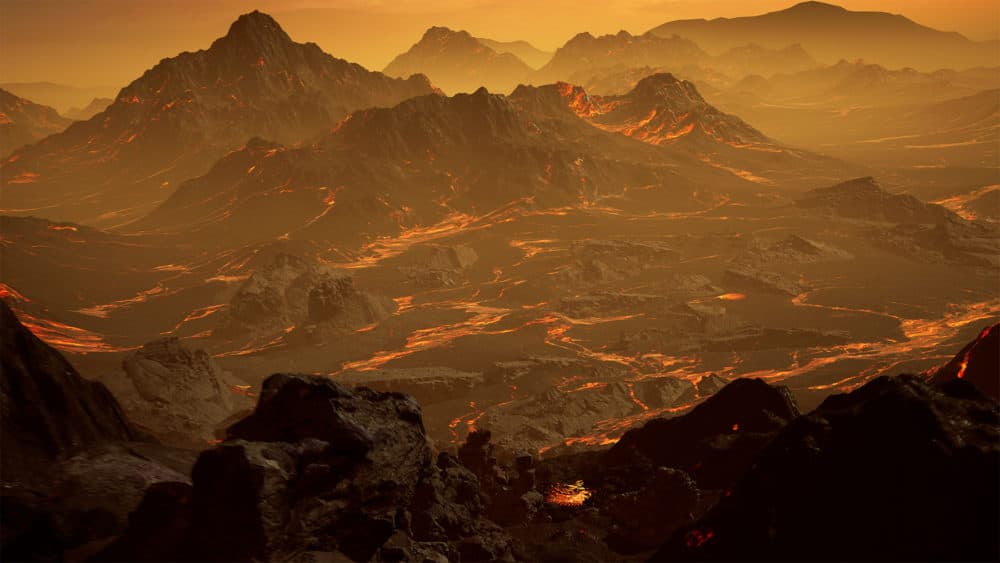Advertisement
New 'Super-Earth' Discovery Could Teach Scientists About Life On Other Planets
Resume
There's only one Earth, but scientists that scan the skies for alien planets have found plenty of "super-Earths."
In astronomer-speak, super-Earths are bigger than Earth but smaller than Neptune. New research published last week in the journal Science says the discovery of Gliese 486 b could help us better understand our own world.
Trifon Trifonov, a postdoctoral research associate at the Max Planck Institute for Astronomy, led the research team. His team uncovered a planet orbiting a red dwarf star about 26 light-years away, which is close by in the scale of the universe.

The astronomers used a CARMENES spectrograph mounted on a 3.5-meter telescope at the Calar Alto Observatory in Spain to survey about 350 red dwarf planets, Trifonov says. The team discovered Gliese 486 b, a rocky planet similar to Earth except it’s 30% larger with about 2.8 times the mass.
The planet is close to its star — which would cause most planets to lose their atmosphere due to intense stellar wind and radiation, he says. But the gravity from Gliese 486 b’s large mass could preserve some of the planet’s atmosphere.
“We cannot promise that the planet has an atmosphere, but if it does, we should be able to measure it,” he says. “And this is important because this is how we can find out, what is the primordial composition of atmospheres of this kind of object?”
This important question holds the key to understanding how our solar system formed and evolved, he says.
Gliese 486 b is similar to Earth but it’s also very hot with rivers of lava likely covering the surface. Finding an atmosphere around Gliese 486 b would give astronomers hope that planets of the same size or a bit lighter can hold an atmosphere, Trifonov says.
“There [is] some speculation that life might actually exist on the icy moons of Jupiter and Saturn,” he says. “But, of course, to detect a reasonable life that actually resembles something that we know here on Earth, we would need an atmosphere and probably liquid water.”

If humans don’t destroy the Earth as we know it, our species could make long journeys like the 26-light-year trip to Gliese 486 b in the coming centuries, he says. But it won’t happen in our lifetimes.
This generation of astronomers is mapping “our local neighborhood” around the sun, Trifonov says. As Earthlings look for the best planet to colonize someday, he says the search shouldn’t end with Mars.
“We should keep going and keep trying and keep discovering more and more planets,” he says, “for the sake of understanding of the universe and how the Earth was formed and how we can reach the stars.”
Cristina Kim produced and edited this interview for broadcast with Todd Mundt. Allison Hagan adapted it for the web.
This segment aired on March 10, 2021.

